Talk Overview
When a growth factor binds to the plasma membrane of a quiescent cell, an intracellular signaling pathway is activated telling the cell to begin growing. A key molecule in this signaling pathway is the GTP-binding protein, or G-protein, Ras. Ras can act as an on-off switch telling the cell to grow or not. In its inactive form, Ras is bound to GDP while in its active form it is bound to GTP. This exchange of nucleotides is catalysed by guanine nucleotide-exchange-factors (GEFs). The return to the inactive state occurs through the GTPase reaction, which is accelerated by GTPase-activating proteins (GAPs). In Part 1 of his talk, Dr. Wittinghofer explains how solving the three-dimensional structure of Ras, and other G-proteins, allowed him to understand the conserved mechanism by which G-proteins can act as switches. The structure also identified domains unique to each G-protein that provide the specificity for downstream signals.
In the second part of Dr. Wittinghofer’s talk he explains the link between GTPases and disease. Ras is both a key molecule in regulating normal cell growth and an oncogene in unregulated cancer cell growth. Mutations in Ras that prevent the hydrolysis of GTP to GDP lock Ras into an active state rendering it independent of upstream growth factor signals. Biophysical studies from Wittinghofer’s lab solved the multiple steps in the hydrolysis of GTP to GDP and explained why particular mutations in either Ras or Ras-GAPs cause unregulated activation of Ras and tumor formation. Examples of other G-proteins that are unable to hydrolyse GTP and result in different diseases such as Retinitis Pigmentosa, are also presented.
Speaker Bio
Alfred Wittinghofer
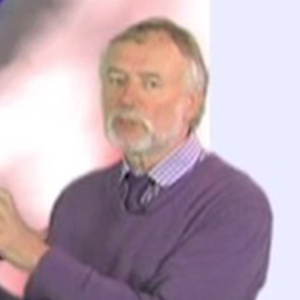
Dr. Wittinghofer received his PhD from the German Wool Research Institute and pursued postdoctoral work at the University of North Carolina where he studied protein modification. He then returned to Germany where he joined the Max-Planck Institute in Heidelberg and continued studies of the structure and function of proteins involved in protein biosynthesis such as… Continue Reading
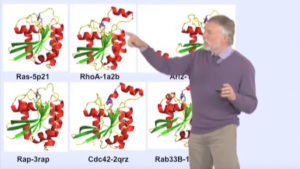
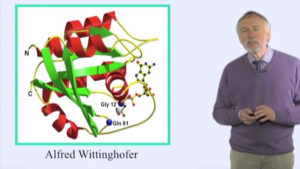
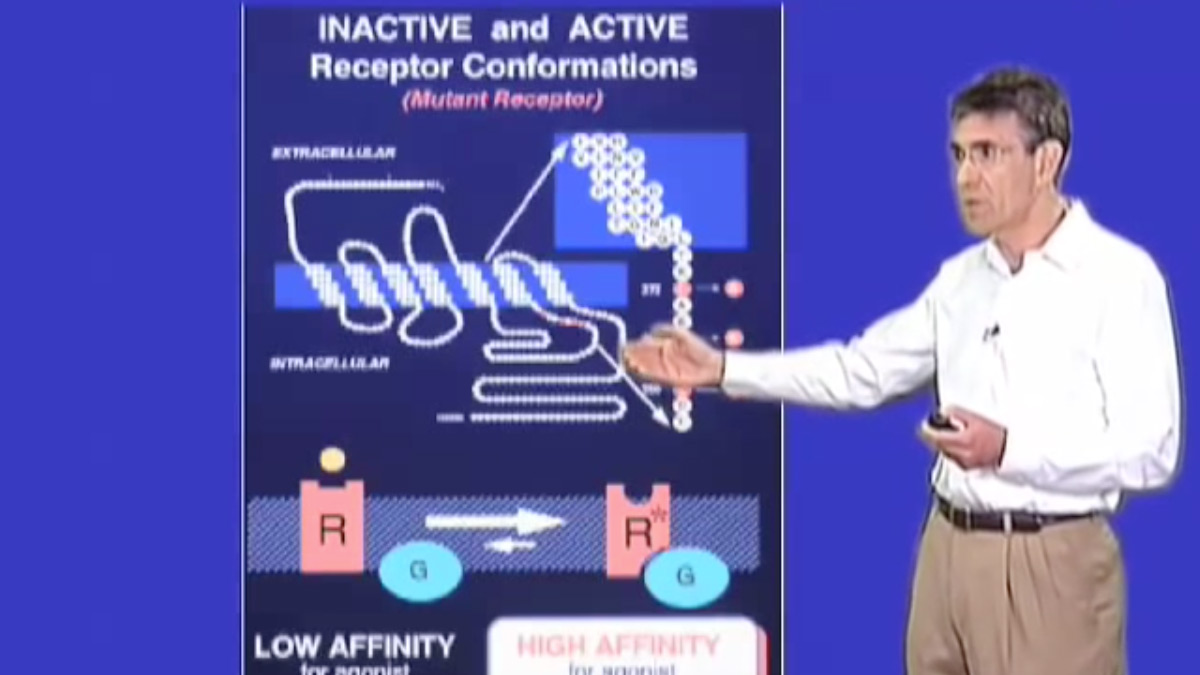
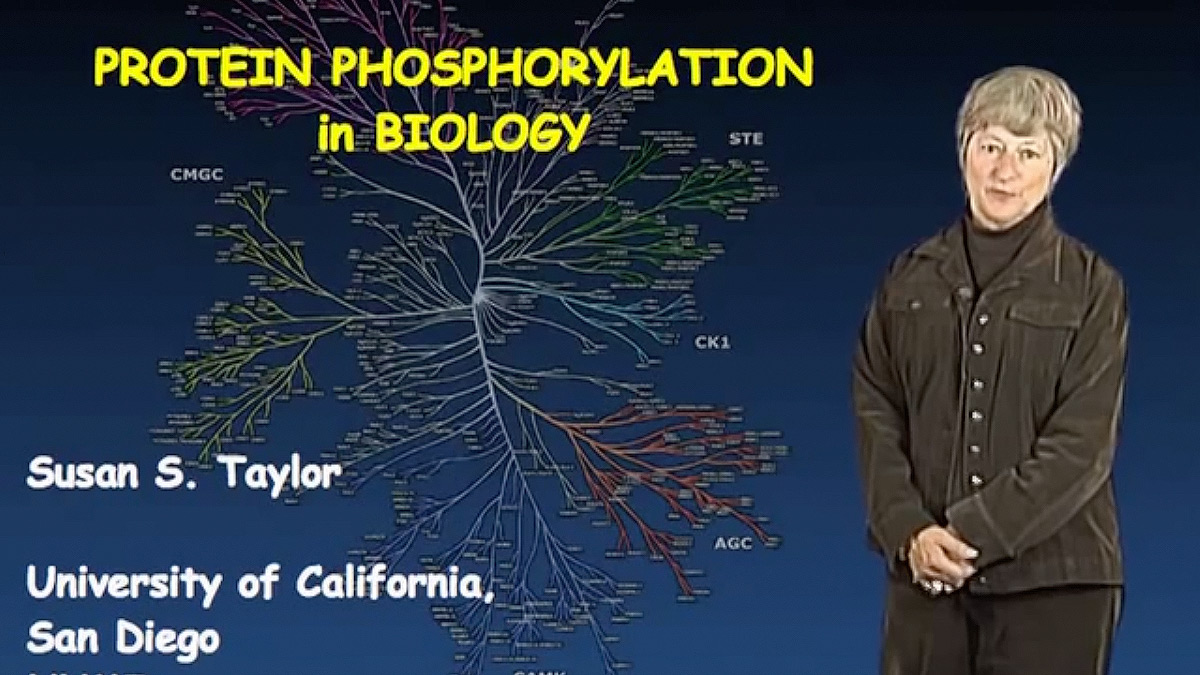
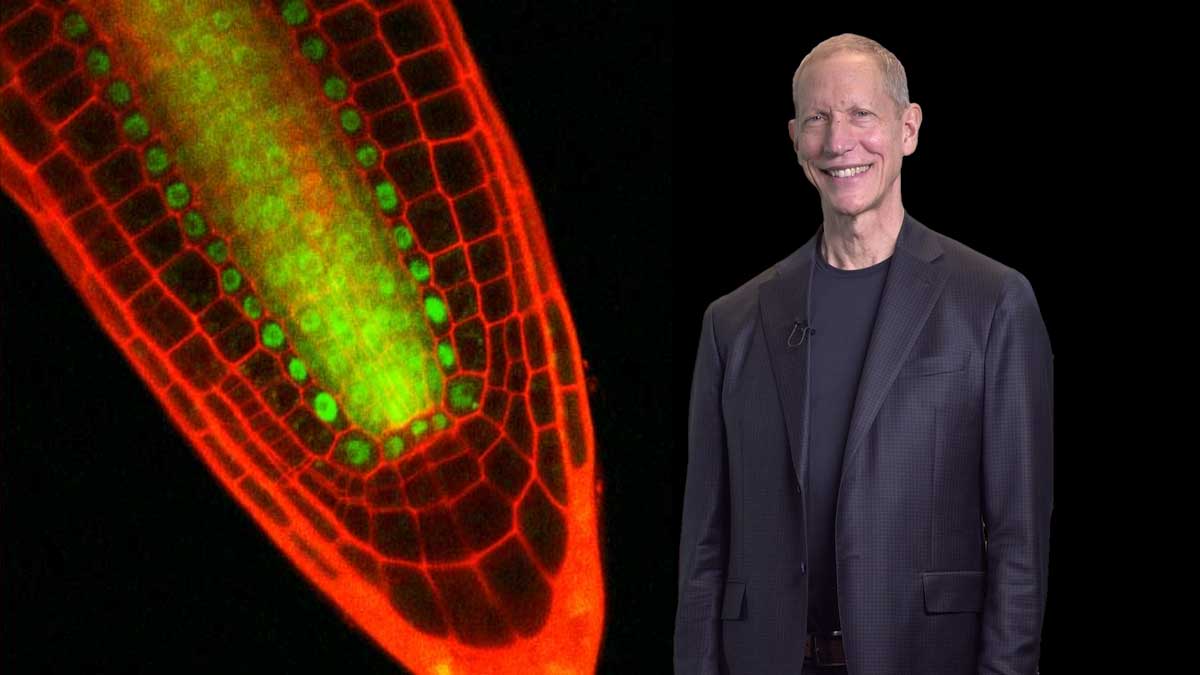
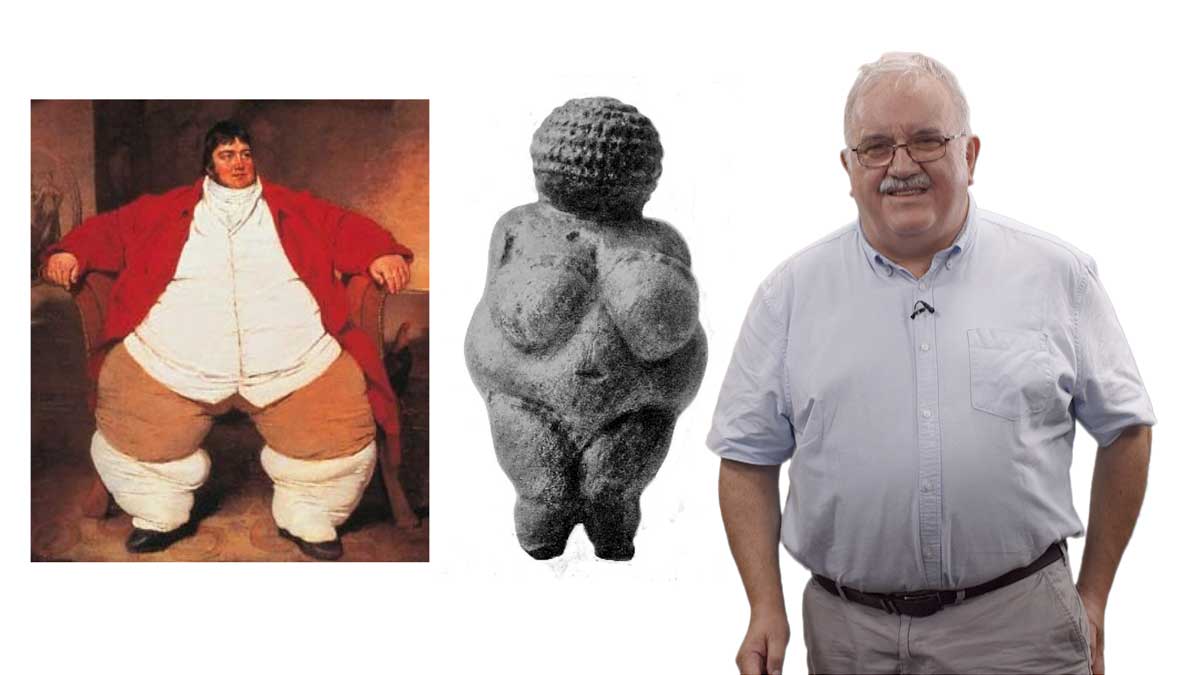





Leave a Reply